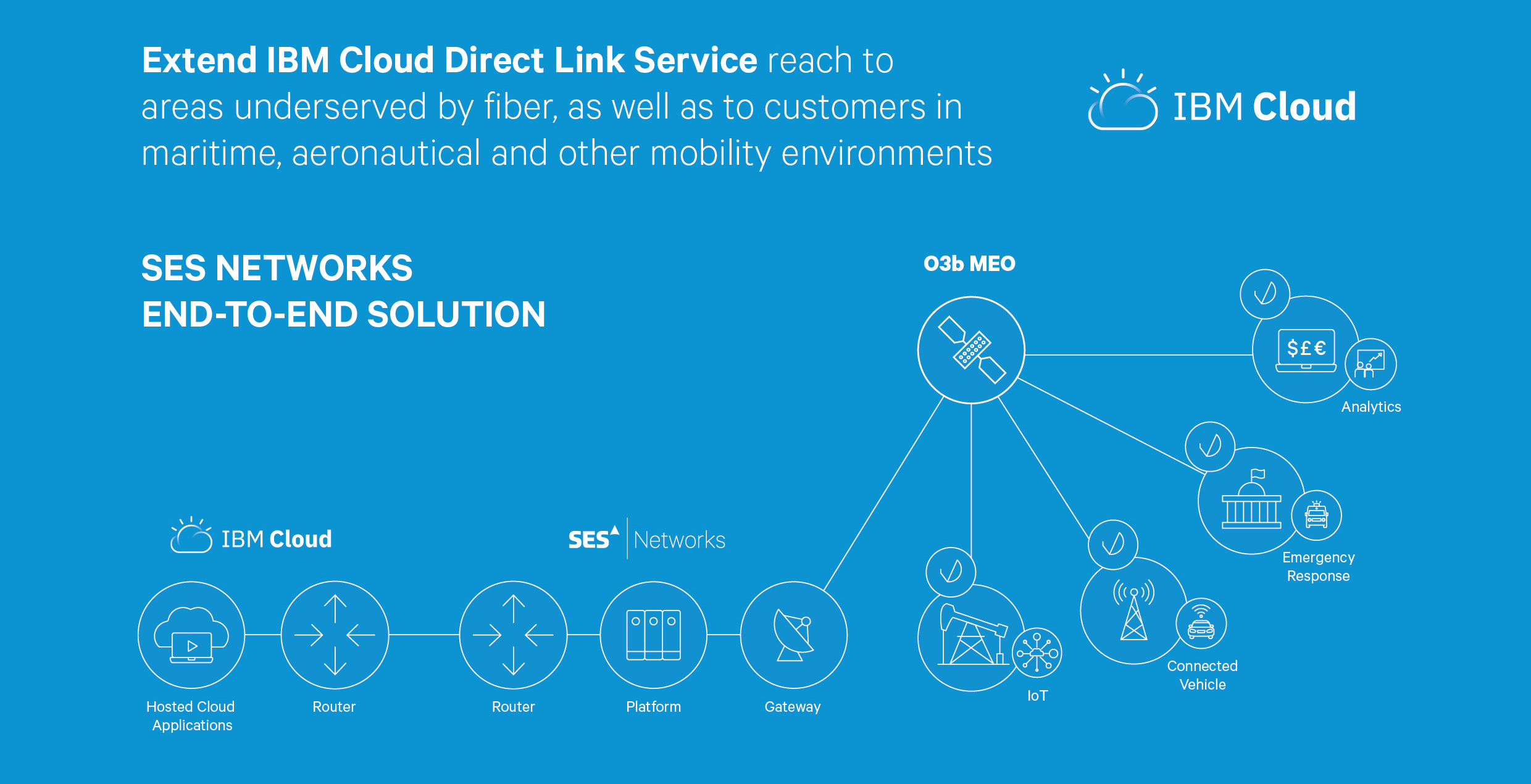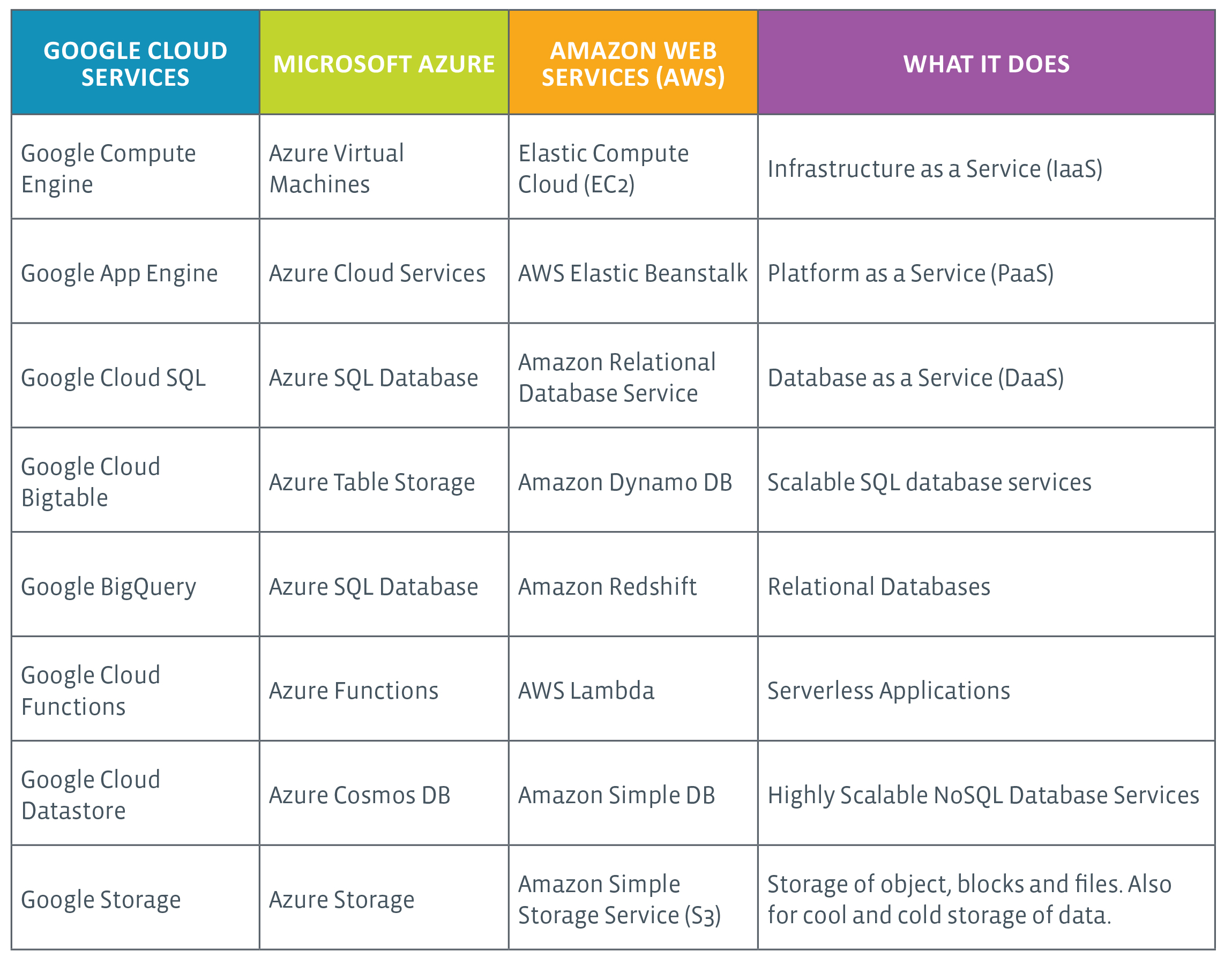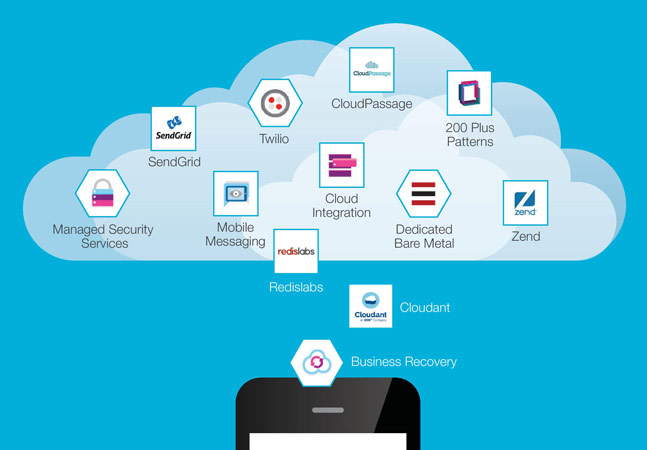What is IBM Cloud Analytics?
IBM Cloud Analytics is a comprehensive suite of services designed to help businesses harness the power of data-driven decision-making. At its core, IBM Cloud Analytics offers data processing, analytics, and machine learning capabilities, enabling organizations to make sense of complex data sets and extract valuable insights. These services are hosted on the IBM Cloud platform, providing scalability, security, and flexibility for businesses of all sizes.
The primary goal of IBM Cloud Analytics is to simplify the process of managing and analyzing data, allowing businesses to focus on deriving actionable insights and making informed decisions. The platform’s capabilities span various industries and applications, from finance and healthcare to marketing and supply chain management. By leveraging IBM Cloud Analytics, businesses can:
- Gain a deeper understanding of their customers, products, and operations
- Identify trends, patterns, and opportunities for improvement
- Predict future outcomes and make proactive decisions
- Optimize resource allocation and reduce costs
- Monitor performance and ensure compliance with industry regulations
In essence, IBM Cloud Analytics empowers businesses to unlock the potential of their data and achieve a competitive edge in today’s data-driven economy.
Key Features of IBM Cloud Analytics
IBM Cloud Analytics offers a wide range of features that cater to various business needs and objectives. Here are some of the essential features that make IBM Cloud Analytics a powerful tool for data-driven decision-making:
- Data Visualization: IBM Cloud Analytics provides advanced data visualization capabilities, enabling businesses to represent complex data sets in an intuitive and easily digestible format. This feature helps stakeholders quickly understand patterns, trends, and correlations, facilitating informed decision-making.
- Predictive Analytics: With its predictive analytics capabilities, IBM Cloud Analytics allows businesses to forecast future outcomes based on historical data. By leveraging machine learning algorithms and statistical models, organizations can identify potential risks, opportunities, and areas for improvement.
- AI Capabilities: IBM Cloud Analytics integrates AI technologies, such as natural language processing and machine learning, to automate data analysis and uncover hidden insights. This feature empowers businesses to make faster, more accurate decisions and streamline their operations.
- Real-Time Analytics: IBM Cloud Analytics supports real-time data processing and analysis, enabling businesses to react quickly to changing market conditions and customer preferences. This feature is particularly useful for industries where rapid decision-making is crucial, such as finance, healthcare, and logistics.
- Scalability and Flexibility: IBM Cloud Analytics offers scalable and flexible solutions that can adapt to businesses’ evolving needs. Organizations can easily scale their analytics capabilities up or down, depending on their data processing requirements, and integrate the platform with existing systems and tools.
- Security and Compliance: IBM Cloud Analytics ensures the security and privacy of sensitive data by employing robust encryption, access control, and compliance features. This enables businesses to meet industry-specific regulations and protect their data from potential threats.
By leveraging these key features, businesses can unlock the full potential of IBM Cloud Analytics and drive better decision-making, problem-solving, and operational efficiency.
How to Harness IBM Cloud Analytics for Your Business
Implementing IBM Cloud Analytics in your organization can significantly improve your data-driven decision-making and problem-solving capabilities. Here’s a step-by-step guide to help you get started:
- Assess Your Business Needs: Begin by identifying your organization’s specific data analytics requirements. Determine the types of data you need to process, the insights you want to gain, and the desired outcomes. This will help you choose the most suitable IBM Cloud Analytics services and tools for your business.
- Data Integration: Integrate your existing data sources with IBM Cloud Analytics. This may involve connecting on-premises databases, cloud storage, and third-party applications. IBM Cloud offers various data integration tools, such as IBM App Connect and IBM DataStage, to streamline this process.
- Set Up Analytics Tools: Once your data is integrated, configure and set up the IBM Cloud Analytics tools that align with your business needs. This may include data visualization tools like IBM Cognos Analytics, predictive analytics tools like IBM SPSS, or machine learning tools like IBM Watson Studio.
- Train Your Team: Ensure your team is well-equipped to use IBM Cloud Analytics tools effectively. Provide training sessions, workshops, and resources to help them understand the platform’s features, capabilities, and best practices. Encourage continuous learning and skill development to maximize your investment in IBM Cloud Analytics.
- Monitor Performance and Optimize: Regularly monitor the performance of your IBM Cloud Analytics implementation. Track key performance indicators (KPIs), identify areas for improvement, and optimize your setup accordingly. Leverage IBM Cloud’s performance monitoring and management tools to ensure your analytics platform runs smoothly and efficiently.
By following these steps, your organization can successfully harness the power of IBM Cloud Analytics and unlock valuable insights to drive better decision-making and problem-solving.
Top IBM Cloud Analytics Solutions
IBM offers a wide range of cloud analytics solutions tailored to various business needs and objectives. Here are some of the most popular IBM Cloud Analytics products and their unique features and benefits:
IBM Watson Studio
IBM Watson Studio is a leading cloud-based data science and AI platform that enables businesses to build, train, and deploy machine learning models at scale. Key features include:
- A collaborative environment for data scientists, developers, and analysts
- Integrated tools for data preparation, visualization, and model building
- Support for multiple programming languages, such as Python, R, and Scala
- Access to pre-built AI models and the ability to create custom models
- Seamless integration with IBM Cloud services and third-party tools
IBM Cognos Analytics
IBM Cognos Analytics is a comprehensive data visualization and reporting platform that empowers businesses to create interactive dashboards, reports, and stories. Key features include:
- Intuitive drag-and-drop interface for creating custom visualizations
- Automated data preparation and blending capabilities
- Advanced AI-powered analytics and natural language processing
- Integrated reporting and storytelling features
- Support for mobile devices and offline access
IBM Cloud Pak for Data
IBM Cloud Pak for Data is a fully-integrated data and AI platform that offers data management, analytics, and governance capabilities. Key features include:
- A unified environment for managing data across hybrid and multi-cloud environments
- Integrated data science, data engineering, and AI tools
- Support for open-source technologies and third-party integrations
- Data governance and security features, such as data lineage, masking, and encryption
- Scalable architecture for handling large data volumes and complex analytics workloads
By leveraging these top IBM Cloud Analytics solutions, businesses can unlock valuable insights, streamline their operations, and make data-driven decisions with confidence.
Real-World IBM Cloud Analytics Success Stories
Many businesses have successfully harnessed the power of IBM Cloud Analytics to improve their operations, products, and customer experiences. Here are a few inspiring examples:
Company A: Streamlining Supply Chain Management
Company A, a global manufacturing firm, leveraged IBM Cloud Analytics to optimize its supply chain management processes. By integrating real-time data from various sources, such as production facilities, warehouses, and transportation providers, the company gained valuable insights into its inventory levels, lead times, and shipping routes. As a result, Company A reduced its operational costs by 15% and improved its on-time delivery rates by 20%.
Company B: Enhancing Customer Experiences
Company B, a leading retailer, utilized IBM Cloud Analytics to analyze customer behavior and preferences. By implementing AI-powered recommendation engines and personalized marketing campaigns, the company significantly improved its customer engagement and loyalty metrics. This strategy led to a 10% increase in sales and a 15% reduction in customer churn.
Company C: Driving Innovation in Healthcare
Company C, a healthcare provider, adopted IBM Cloud Analytics to analyze patient data and identify trends in disease patterns and treatment outcomes. By leveraging predictive analytics and machine learning algorithms, the company developed innovative diagnostic tools and treatment plans, ultimately improving patient care and outcomes. This approach resulted in a 20% decrease in hospital readmissions and a 15% increase in patient satisfaction scores.
These success stories demonstrate the transformative potential of IBM Cloud Analytics in various industries. By unlocking the value of data, businesses can make informed decisions, optimize their operations, and create exceptional customer experiences.
Comparing IBM Cloud Analytics to Competitors
When considering a cloud analytics platform, it’s essential to compare IBM Cloud Analytics to other leading solutions in the market. Here’s a high-level analysis of how IBM Cloud Analytics stacks up against its competitors, highlighting its strengths and potential weaknesses:
Strengths
- Broad Range of Services: IBM Cloud Analytics offers a comprehensive suite of data processing, analytics, and machine learning capabilities, catering to various business needs and objectives.
- Integration with IBM Ecosystem: IBM Cloud Analytics integrates seamlessly with other IBM products and services, allowing businesses to leverage a unified data and AI platform.
- Strong AI and Machine Learning Capabilities: IBM Cloud Analytics benefits from IBM’s expertise in AI and machine learning, providing advanced features like AI-powered automation and natural language processing.
- Enterprise-Grade Security and Compliance: IBM Cloud Analytics offers robust security and compliance features, ensuring the protection of sensitive data and adherence to industry-specific regulations.
Potential Weaknesses
- Learning Curve: IBM Cloud Analytics may have a steeper learning curve compared to other cloud analytics platforms, requiring more time and resources for effective implementation and training.
- Cost: Depending on the specific services and features required, IBM Cloud Analytics may be more expensive than some competing platforms, making it essential to optimize your investment.
By understanding the strengths and potential weaknesses of IBM Cloud Analytics, businesses can make informed decisions about whether this platform is the right choice for their data analytics needs.
Trends and Innovations in IBM Cloud Analytics
IBM Cloud Analytics is continuously evolving to meet the ever-changing needs of businesses. Here are some of the latest advancements and trends in IBM Cloud Analytics that organizations should be aware of:
AI-Powered Automation
IBM Cloud Analytics is increasingly leveraging AI-powered automation to streamline data processing, analytics, and machine learning tasks. This technology enables businesses to save time, reduce manual effort, and minimize the risk of human error, ultimately leading to more accurate insights and better decision-making.
Real-Time Analytics
Real-time analytics is becoming increasingly important in today’s fast-paced business environment. IBM Cloud Analytics offers real-time data processing and analytics capabilities, allowing organizations to react quickly to changing market conditions and customer preferences.
Edge Computing
Edge computing is an emerging trend in IBM Cloud Analytics, enabling businesses to process and analyze data closer to the source, reducing latency, and improving overall performance. This approach is particularly useful for IoT applications, where real-time data processing is critical.
Data Fabric
Data fabric is a new concept in IBM Cloud Analytics that aims to simplify data management and integration across hybrid and multi-cloud environments. By creating a unified data fabric, businesses can ensure seamless data flow, improve data quality, and enhance overall analytics capabilities.
Integration with Open-Source Technologies
IBM Cloud Analytics is increasingly integrating with open-source technologies, such as TensorFlow, PyTorch, and Kubernetes, to provide businesses with more flexibility and choice in their data analytics journey. This approach enables organizations to leverage the best of both worlds: IBM’s enterprise-grade capabilities and the innovation and community support of open-source technologies.
By staying up-to-date with the latest trends and innovations in IBM Cloud Analytics, businesses can ensure they are making the most of their investment and staying ahead of the competition.
Maximizing Your Investment in IBM Cloud Analytics
Investing in IBM Cloud Analytics can significantly improve your organization’s data-driven decision-making and problem-solving capabilities. To ensure you get the most out of your investment, consider the following tips and best practices:
Ongoing Training
Provide your team with regular training and upskilling opportunities to stay up-to-date with the latest features and best practices in IBM Cloud Analytics. This will help ensure your team can effectively leverage the platform’s capabilities and maximize your investment.
Support
Take advantage of IBM’s support services, such as technical assistance, consulting, and educational resources. These services can help you overcome any challenges, optimize your implementation, and ensure your long-term success with IBM Cloud Analytics.
Performance Monitoring
Regularly monitor the performance of your IBM Cloud Analytics implementation to identify any issues, optimize resource allocation, and ensure you are getting the best possible results. Utilize IBM’s performance monitoring tools and services to help you stay on top of your platform’s health and performance.
Cost Optimization
Implement cost optimization strategies, such as rightsizing resources, utilizing reserved instances, and monitoring usage patterns, to ensure you are making the most of your IBM Cloud Analytics investment. Regularly review your usage and costs to identify any areas for improvement and optimization.
Integration with Other IBM Solutions
Explore opportunities to integrate IBM Cloud Analytics with other IBM solutions, such as IBM Watson, IBM Blockchain, or IBM IoT, to further enhance your organization’s data analytics capabilities and unlock new insights and opportunities.
By following these tips and best practices, you can optimize your IBM Cloud Analytics investment, ensure your team’s success, and drive better business outcomes.








